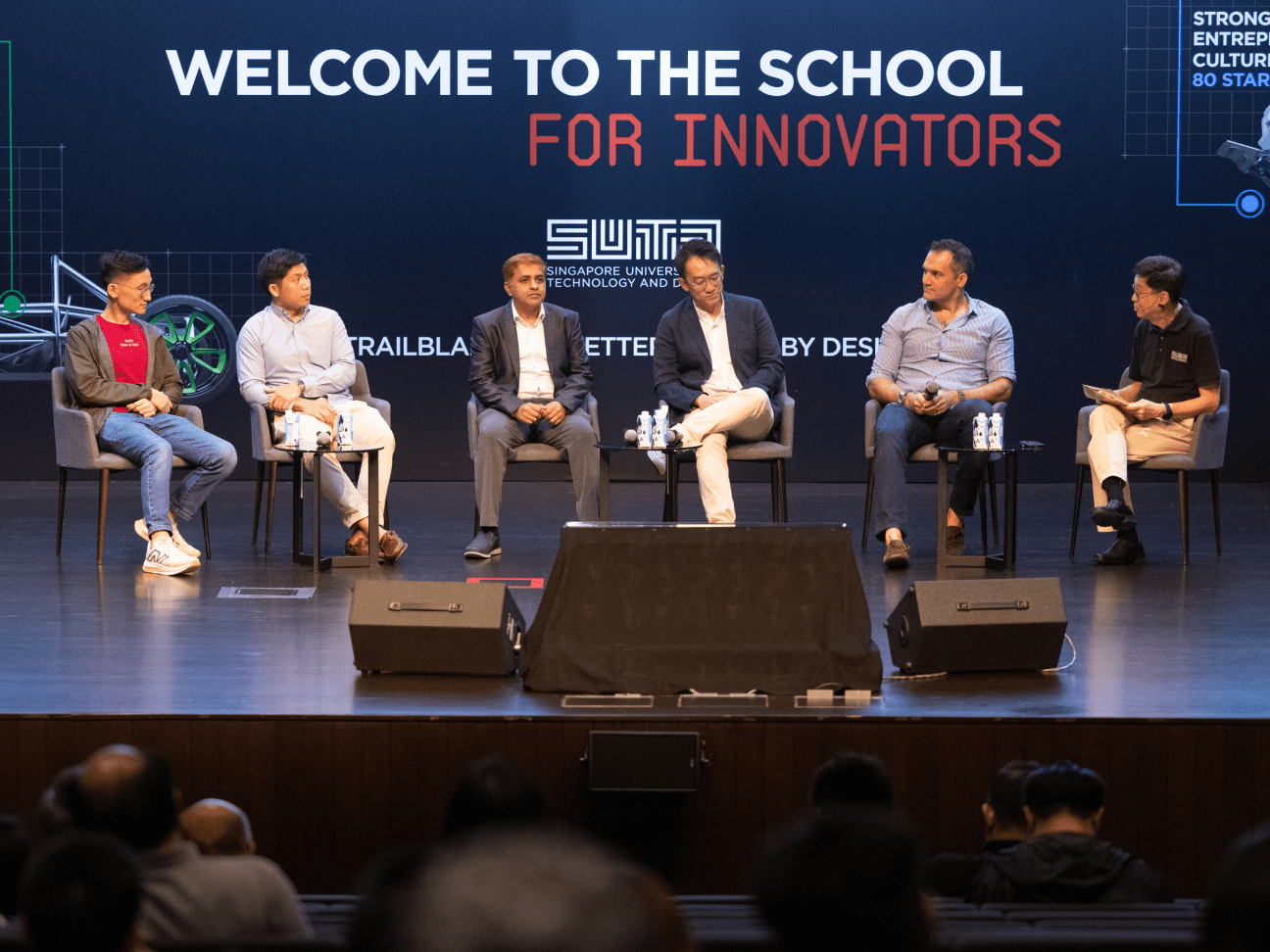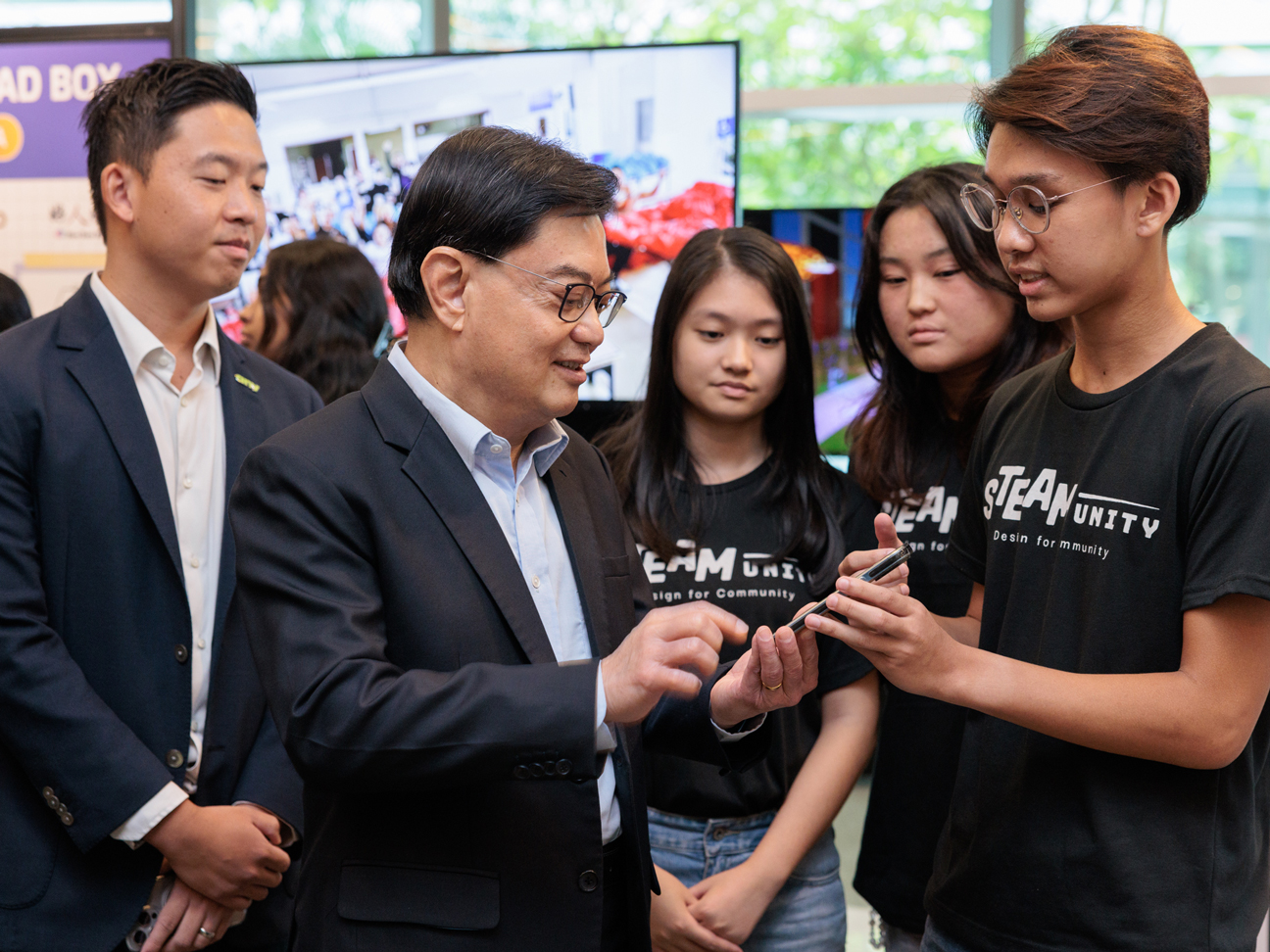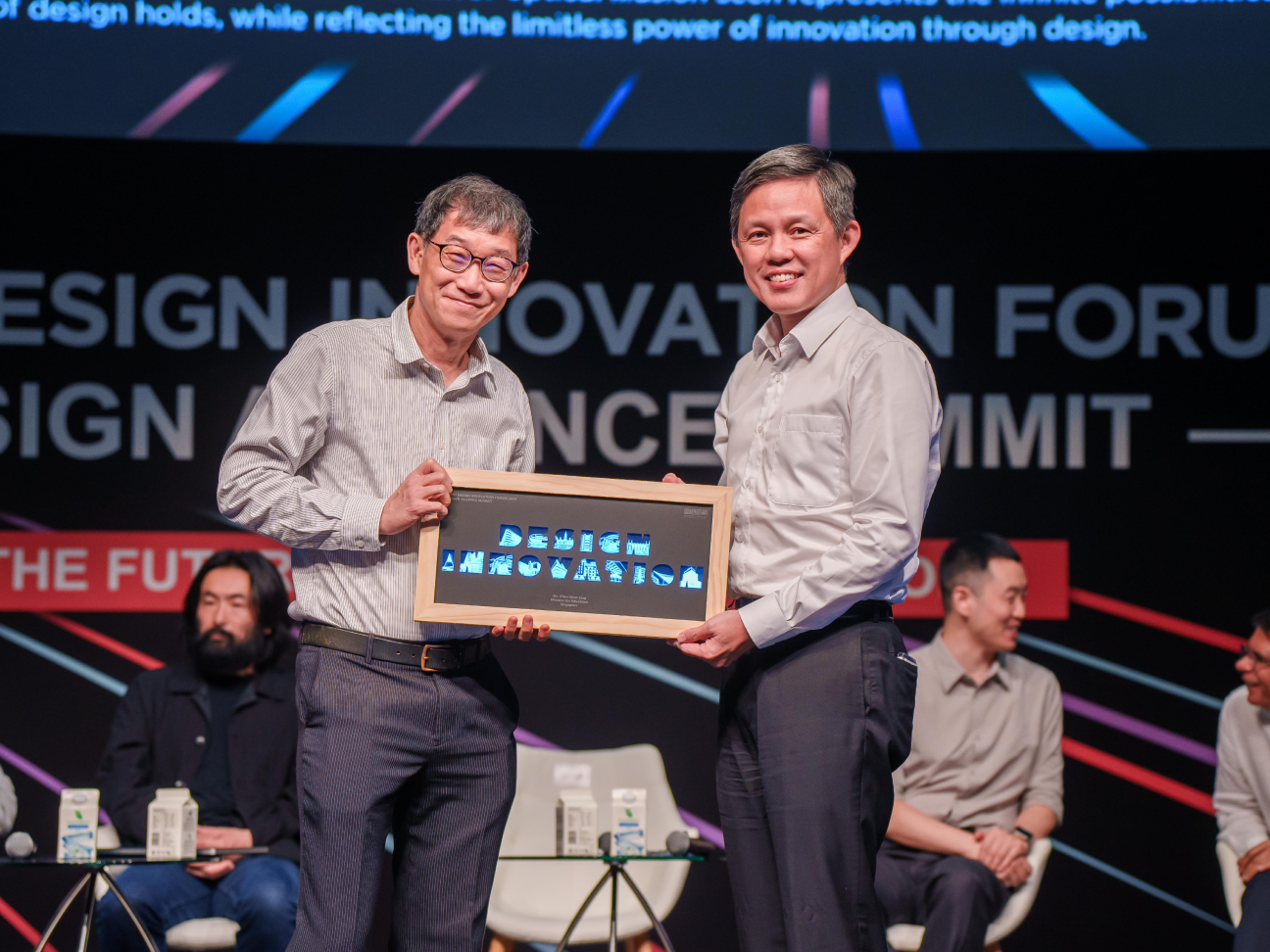Research news
Half-Sandwich Ruthenium Phenolate–Oxazoline Complexes: Experimental and Theoretical Studies in Catalytic Transfer Hydrogenation of Nitroarene
Combined experimental and theoretical studies on a half-sandwich ruthenium catalyst’s reactivity were carried out by our cluster’s faculty fellow Dr. Richmond Lee and his long-standing collaborator Prof. Weiguo Jia from the Anhui Normal University, China. This paper examines the role of the catalyst class towards transfer hydrogenation of nitroarenes to anilines which is very relevant to chemical industries. Mechanistic insights gained with theoretical studies could further strengthen the design of more efficient catalysts which is the ultimate aim of Richmond’s research goals here at SUTD. This is his first work as a corresponding author in SUTD published in a major peer-reviewed journal in the field of organometallics.
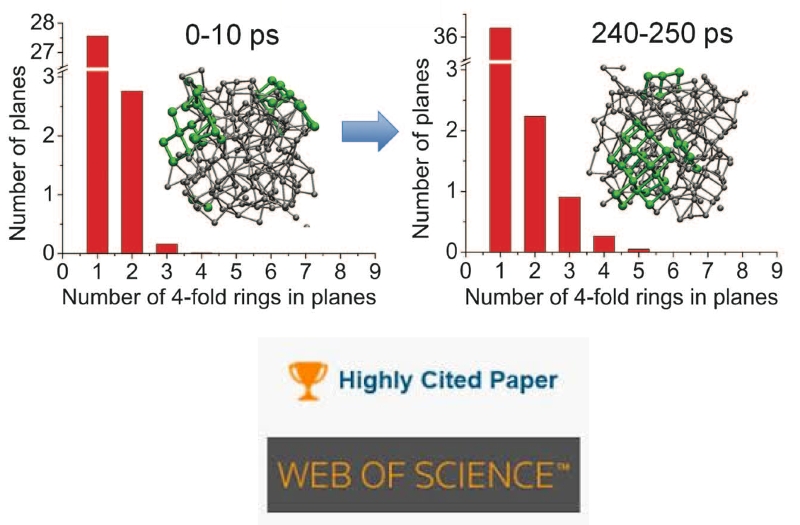
Breaking the Speed Limits of Phase-Change Memory
The Loke group is very humbled to receive a Web of Science Index’s “Highly Cited Paper” honor for our lab’s effort to make Big Data more accessible for everyone.

Tiny Fluorescent Temperature Sensors with Super-Reliability
Assistant Professor Liu Xiaogang’s group (SUTD/SMT) has developed a new design strategy to build highly reliable fluorescent temperature sensors, in collaboration with Assistant Professor Michinao Hashimoto (SUTD/EPD) and Professor Xu Zhaochao’s group from Chinese Academy of Sciences.
Fluorescent temperature sensors accurately measure temperature changes in microenvironments with high speeds. However, their accuracy is often compromised as fluorescent dyes degrade (or become photo-bleached) under repetitive laser irradiations.
Professor Liu’s team solves the reliability problem by selecting semi-rigid fluorescent dyes that behave like a “transformer”. These “transformers” possess multiple molecular conformations that emit different colors of fluorescence. Relative populations of these molecular conformations are governed by temperature changes. Consequently, the ratio of their emission intensities accurately quantifies temperature changes. Moreover, this ratio is not affected by dye degradation, since the degradation proportionally reduces the quantities of various conformations in these molecular “transformers”.
Their research work has been published in Materials Chemistry Frontier as an Invited Article. Dr. Chi Weijie, a postdoctoral research associated from SUTD, is the first author of this paper. (Image: fluorescence images of a SUTD-shaped microfluidic channel. The intensity ratio of the blue and green channels of this color image affords accurate temperature information)
Rationally Design Bright Near-Infrared Fluorophores
Fluorophores with near-infrared (NIR) emissions play a crucial role in numerous bioimaging and biosensing applications. These NIR fluorophores afford highly attractive optical properties, such as deep penetration depths, good signal-to-noise ratios, and minimal tissue damages. Recently, Assistant Professor Liu Xiaogang and his co-workers have rationally developed a new class of near-infrared fluorophores with bright one-photon and two-photon emissions. In this work, Dr. Liu Xiaogang and their co-workers presented a rational molecular design strategy, which is expected to inspire the molecular engineering of other high-performance near infrared fluorophores as well.
Their paper will appear in “Chemistry – an European Journal“. It has been selected as a “Hot Paper” by the Editor. “Hot Papers are chosen by the Editors for their importance in a rapidly evolving field of high current interest”.
Assistant Professor Liu Xiaogang joined SUTD and started the Fluorescence Research Group in Apr 2017.
Featured in EurekAlert – Most stretchable elastomer for 3-D printing
Assistant Professor Kevin, Ge Qi from the Science, Mathematics and Technology Cluster recently published a paper on Advanced Materials on “Most stretchable elastomer for 3-D printing”.
This research is reported in EurekAlert (https://www.eurekalert.org/pub_releases/2017-02/suot-mse020817.php).

CloudThink Infrastructure
A revolutionary Internet of Things (IoT) data collection platform, the CloudThink Infrastructure collects and processes high-resolution kinematic and energy consumption data from light-duty electric vehicles, heavy-duty diesel vehicles and autonomous personal vehicles.


Audio Aid Design
Spectral biofeedback has been studied in previous studies as a potential complement to traditional articulation therapy for individuals who have been resistant to traditional articulation therapy.

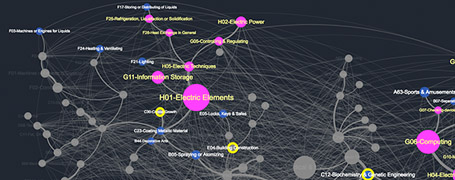
InnoGPS: GPS for Innovation
InnoGPSTM (i.e., GPS for Innovation) is a data-driven interactive visualisation technology to empower engineers, companies and governments in search of emerging technologies, innovation opportunities and pathways.


Mobile Melanoma Analyser
Leveraging the prevalence of multi-core processors and high-resolution image sensors in mobile phones, this imaging application helps users detect signs of skin cancer with their smartphones.


Artificial Design
With Asia’s rapid urbanisation, the traditional top-down approach to architectural design and urbanism is becoming irrelevant. Artificial Design offers a bottom-up solution that creates a better world for all to live in.


